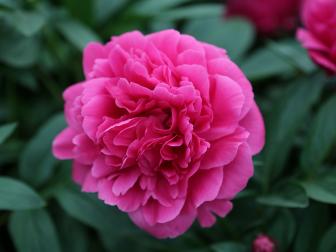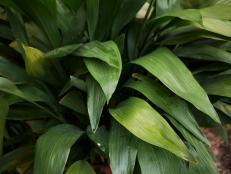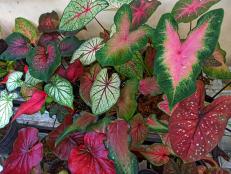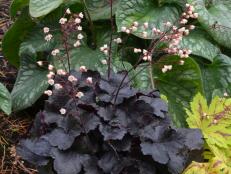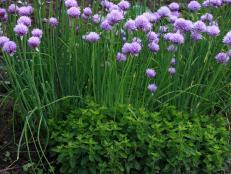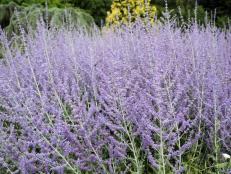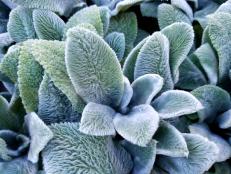Growing Astilbe
Use astible for its bright foliage and flowers that will add a burst of color to any shady spot in your garden.

For gardeners who crave color but don’t have much sun, astilbe is a terrific choice. In spring and summer, these easy-to-grow perennials send up feathery plumes of white, red, lavender or pink flowers in low-light areas.
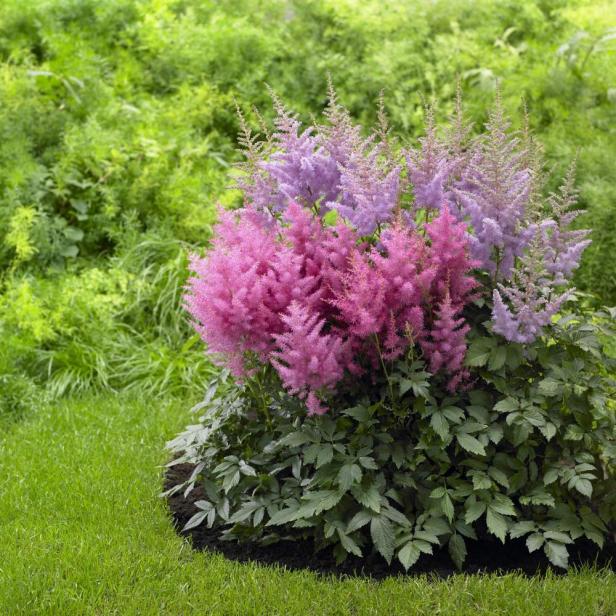
Image courtesy of Longfield Gardens
But astilbes, which are also known as false spirea, meadowsweet and false goat’s beard, can take some sun, especially if you’re a gardener who lives in a cool, northern climate. Just be sure to keep your plants well watered, and be aware that full sun can scorch or burn the fern-like foliage.
Otherwise, astilbes are undemanding and hardy in garden zones 3 to 8. You can find varieties that range from 6 inches to over 40 inches tall, so you can grow them in containers, beds or borders. Try them in a cutting garden, or plant them to attract butterflies. They’re long-lived and relatively pest-free, with attractive, airy foliage.
How to Plant
It’s often hard to get seeds to germinate, so start with plants instead. Find a friend or neighbor who’s willing to share and divide existing plants in the spring or fall, or purchase from a reputable source. Give your plants humus-rich soil that drains easily. Keep them lightly moist, but don’t let water puddle around their roots.
Dig a hole for your plants that’s about twice the diameter of their roots, and gently spread the roots over the soil when you place them in the hole. Bare root plants should be planted with their crowns an inch or two below soil level. If the crowns push up out of the ground as they grow, toss some soil over them.
How to Grow
Feed your astilbes with a balanced fertilizer in the spring. If you wish, you can snip off the flower heads when they’re finished, even though deadheading astilbes—unlike most other flowers—doesn’t encourage more blooms. Plants flower for a relatively long period of time, but then stop for the season.
If you like the look of dried flowers, it’s fine to leave spent blooms on the plants. The leaves often change colors in the fall, so you’ll have a different color palette to enjoy as the flowers age and the foliage turns. But if you like to neaten up your garden at the end of the growing season, go ahead and remove any yellow leaves after the first hard frost. New foliage will emerge when the temperatures rise again in spring.
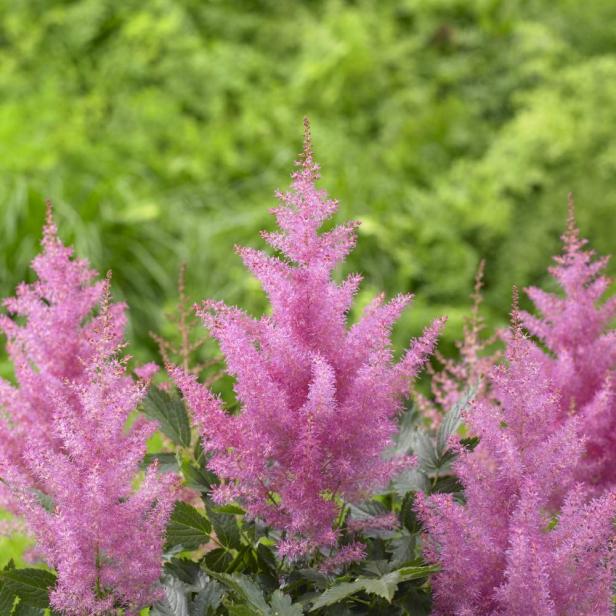
Image courtesy of Longfield Gardens
Most astilbes spread easily, so divide your plants every 3 to 5 years to prevent overcrowding and to keep them vigorous and healthy. Cover the root zone with a layer of bark chips or other mulch to help retain moisture in the soil and hold down any competing weeds.
How to Use in Your Garden
For companion plants, try growing astilbes, with their finely cut foliage, alongside plants with big, broad leaves, like shade-loving hostas or heucheras. For more color, mix them with Japanese irises, loosestrife, daylilies, Siberian irises, ferns, ligularia and impatiens. With a little care, astilbes will provide welcome color for many years in your shady landscape.
Varieties to grow in shade spots or in a woodland garden:
- Astilbe japonica ‘Deutschland’ – The stunning white plumes on this astilbe, hybridized in Germany, make long-lasting cut flowers. The plants grow to 2 feet tall and bloom from mid to late summer.
- Astilbe chinensis ‘Pumila’ – Choose this low-growing astilbe if you need an attractive groundcover; it tops out at about six inches high, with lavender flowers that grow to 12 inches. Many gardeners say the plumes have a delicious grape scent.
- Astilbe ‘Sprite’ – Winner of the 1994 Perennial Plant of the Year Award, ‘Sprite’ is still a popular choice with modern gardeners. Its pale pink flowers open even in heavy shade.
- Astilbe arendsii ‘Gloria Purpurea’ – Like many astilbes, ‘Gloria Purpurea’ thrives when planted near ponds and streams, or in soils that stay constantly moist, but not soggy. Its bronze spring foliage turns green by summer, when the big, lavender-pink flowers appear.
Astilbe Makes Our Lists of Favorites
Perennial Flowers for Shade 10 Photos
Turn up the color in shade gardens with low-maintenance perennial bloomers.
Long-Lived Perennials 10 Photos
Learn which perennials will give you longlasting pleasure in your garden.







